Calakmul
A hidden treasure of an abandoned city lies deep in the jungles of Campeche, Mexico.
In Mexico just 22 miles north of the border of Guatemala and in the center of the Calakmul Biosphere Reserve, deep in the heart of the Yucatan Peninsula, lies the massive Mayan city of Calakmul.
The site was rediscovered by an American Botanist named Cyrus Lundell in 1931, who named the site Calakmul, meaning Two Adjacent Mounds. Because of its remote location and dense forestation, it remained unexplored and untouched since its abandonment 500 years earlier. Only after it was declared a UNESCO World Heritage site in 1993 did work at this site begin and the importance of this city become apparent.
The importance of the city is understood through numerous references found throughout the Mayan world. The city’s main rival and major thorn in its side was Tikal, Guatemala. The two duked it out for position and influence until power shifted to the north in sites like Uxmal and Chichen Itza. Not too long after, at around 900 AD, the Mayan kingdom succumbed to a mysterious collapse.
Building here began in the 6th c. BC and by 250 AD most of its structures were already built. The city covers 27 sq. mi. and contains more than 7,000 structures, only a small portion of which have been excavated and restored. The jungle is very dense here, and it is possible to miss the fact that you’re about to stumble upon a pyramid until you’re standing right in front of it.
In its heyday, around the 6th c. AD, it boasted a population of close to 65,000. Murals depicting everyday life were recently discovered, and their quality and preservation rival those of Bonampak. The murals are not yet open to the public but their uncovering bodes well for what lies yet uncovered. An elaborate system of canals and reservoirs was built to support its population and farming system during the dry season. These reservoirs are so soundly built that they are still being used by the archaeologists and workers at the site.
Structure II, aka “The Great Pyramid,” has a base covering 5 acres and rises 174 ft. – making it both the tallest pyramid in the Yucatan and the largest structure yet discovered in the Mayan world. After a sweaty, arduous climb to the summit, the tops of many unrestored pyramids almost equal in height can be spotted, and on a clear day, the neighboring site of El Mirador (just south across the border into Guatemala) can be seen.
Toucan sightings are common as the Biosphere is home to 350 native and migrant bird species as well as to spider- and howler monkeys.
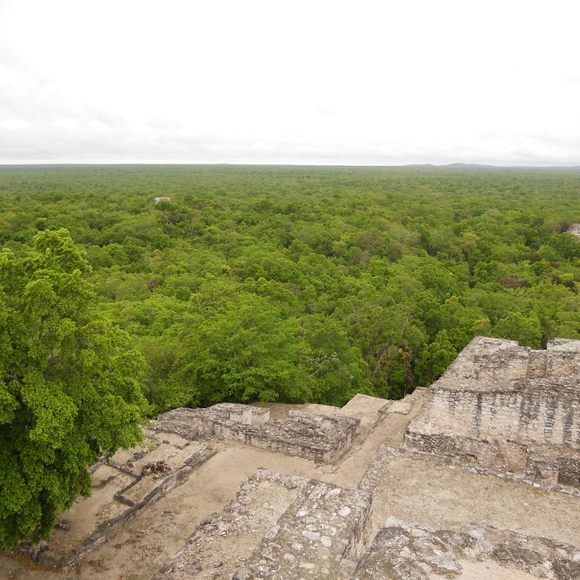





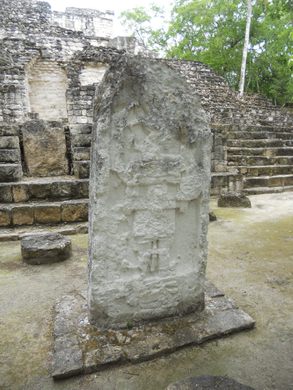
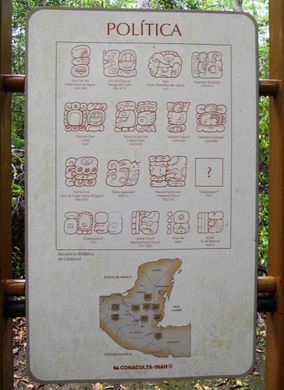
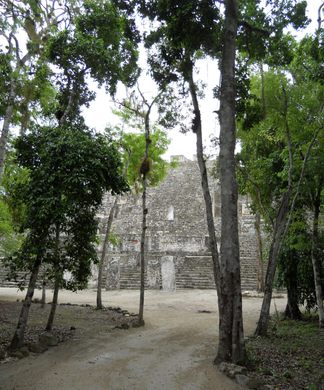
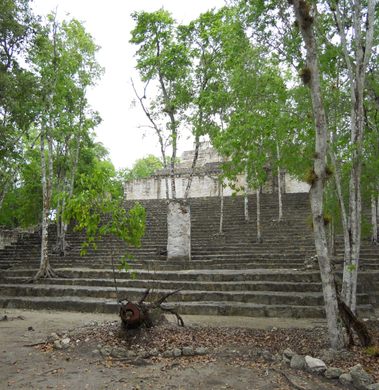
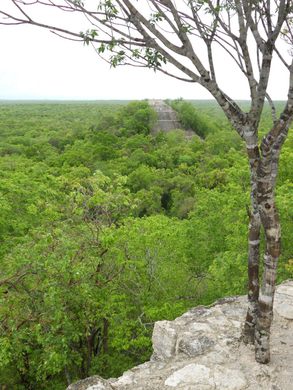
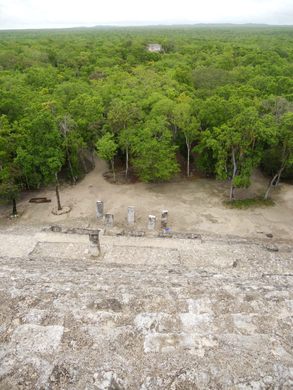
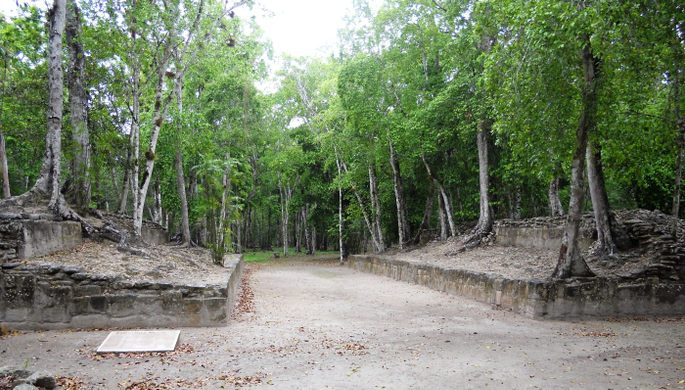
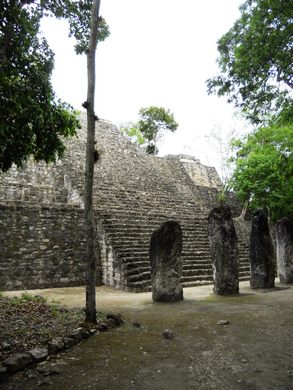




















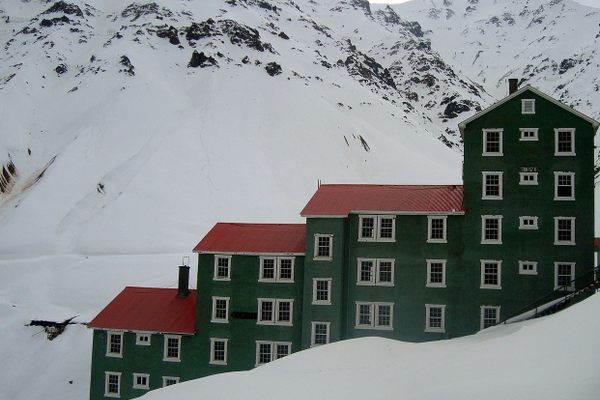




Follow us on Twitter to get the latest on the world's hidden wonders.
Like us on Facebook to get the latest on the world's hidden wonders.
Follow us on Twitter Like us on Facebook